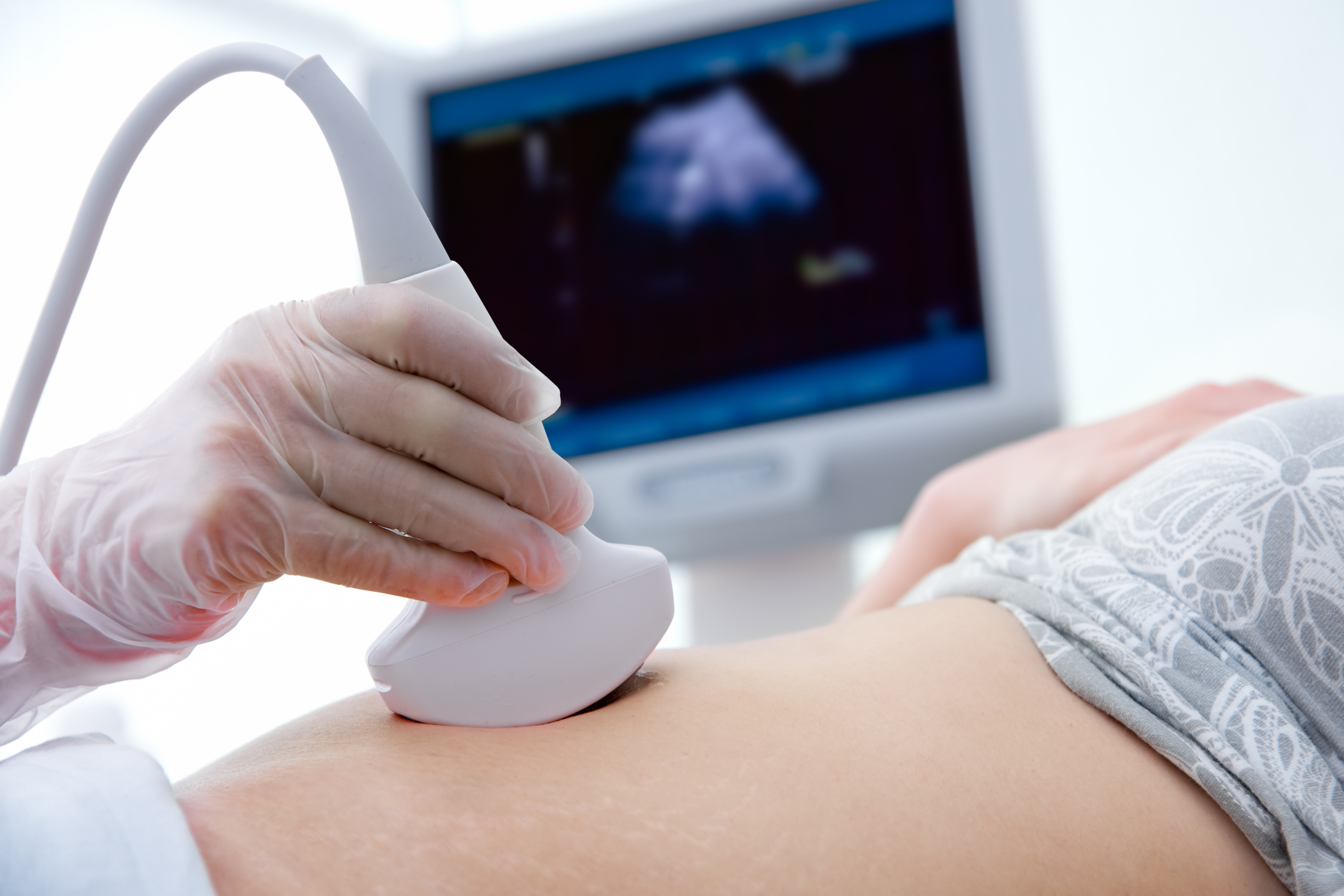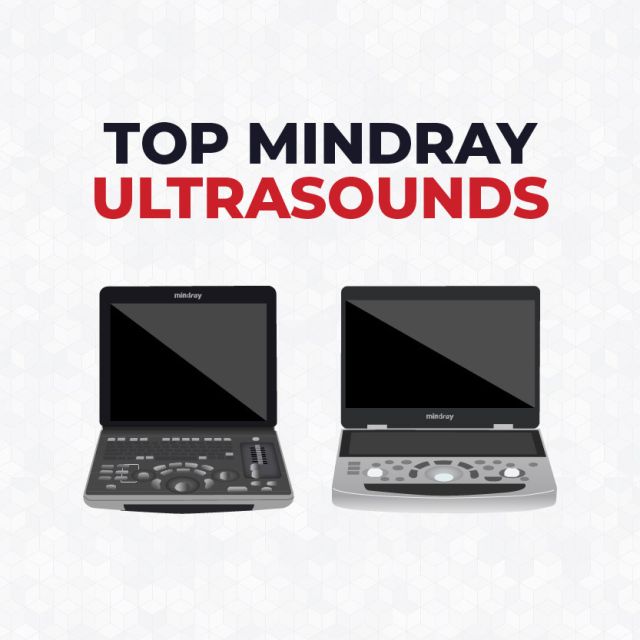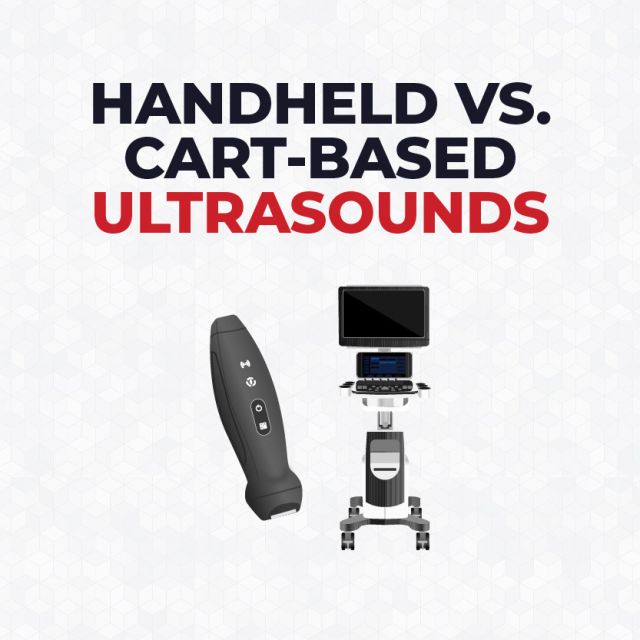Choosing an Ultrasound: How-to Guide

Choosing an Ultrasound
Choosing an ultrasound for your practice is a significant investment. When considering purchasing or replacing your diagnostic ultrasound machine there are a few factors that you should consider. You will want a system that works for your practice at both application and price. Towards the end of the article, we’ll include some information on How to Use your Ultrasound.
What to consider when purchasing:
Form Factor
The form factor refers to the size and shape of the ultrasound machine. Typically, practices look for a portable ultrasound that isn’t too bulky to take from room to room.
Color vs B/W
When choosing an ultrasound, you may want to consider whether you should get a black and white ultrasound machine or a color ultrasound machine. Color Doppler allows the clinician to visualize blood flow.
For example, a cardiologist would probably require a color ultrasound machine so that he or she could check for blood clots or damaged arterial veins. Meanwhile, a basic OB/GYN practice may only use a black and white ultrasound machine for basic fetal measurements.
Probe
Probes are easily the most important part of an ultrasound machine. You’ll need a probe that is specific to your practice. This concept can get tricky so we’ve created a chart to help medical professionals choose the right probe for their practice.
Continuous vs Pulse Wave
The need for continuous or pulse wave ultrasound capabilities will be completely reliant on the medical environment that the ultrasound resides.
A pulse wave ultrasound transmits ultrasounds in pulses up to 1.5m/sec.
A continuous-wave ultrasound transmits ultrasounds through a continuous beam that enables the measurement of high-velocity blood flow.
Image Quality
Last and most important is image quality. Image quality varies heavily per device. Ultrasounds can range anywhere from $4,000 – $100,000+ and resolution is the biggest factor of that price.
How much does an ultrasound cost on average?
- Average price : $8,790
- Lowest price : $4,299
- Highest price : $100,000+
How To Use an Ultrasound Machine
Common Application
Ultrasound imaging is a widely used medical procedure used to catch images of the human body. It works by transmitting high-frequency sound waves throughout the tissue and consuming the waves that bounce back.
That is a commonly used process by medical experts as there’s not any ionizing radiation included. The most famous use is to monitor fetuses during pregnancy. Professionals take these images easily and you may too!
Collect all the elements to get an ultrasound image including a transducer, an ultrasound gel, and the animal or patient.
Preparation
Gather all your items at first in order that you’ll not have to rush around attempting to locate things. Wash your hands if they’re dirty.
Loading the Software
Switch the machine on and load the program software. The software is on the ultrasound is what will capture and store ultrasound images. You can save and send those images using a thumb drive or DICOM if your machine is properly set up with DICOM.
Using the Transducer
Connect the transducer to the machine. Insert the transducer into the transducer port and lock it by turning the knob vertically. This locks the transducer in place. To remove the transducer, simply turn the knob horizontally and remove it. Freeze the screen on your program before you do this.
Probe Preparation
Prepare the probe. Ultrasound gel is used between the head of the probe and the object being imaged. The gel makes it simpler to see the image. Apply a half-centimeter thick layer over the upper surface. There’s never too much gel, only too little.
Taking an Image
Gently press the transducer on the surface of the tissue. The gel may seem cold to the patient but doesn’t do any harm.
Unfreeze the frame on the ultrasound machine once the transducer is touching the patient or animal’s skin. Move the transducer around while looking at the picture on the computer. Locate the place you would like to take the image.
Zeroing in on your focus may take some time. Make sure to practice in order that you may find what you’re searching for faster.
Adjusting the Image
Adjust the image. Decrease or increase the brightness or contrast in order to get a clearer picture. Play around with the settings on your device.
Some settings may be better to use than others, it really depends upon what you’re imaging. You know that it’s a good image in the event the focus is at the center of the frame and there’s a good contrast between light and dark areas.
Save the Image
Find the save button in the imaging software and select the destination folder in order to properly save your ultrasound image.
Some patients may want a copy of their ultrasound image, to do this you will have to find the print setting in the ultrasound software and print a copy.
Summary
Ultrasounds are complex machines with several different purchasing options. Take your time and collect valuable information on the type of ultrasound machine that you will need for your practice.
When choosing an ultrasound, consider form factor, color options, and other additional features that you may need before making your purchase. If you need assistance in choosing an ultrasound machine for your practice, please do not hesitate to contact our customer service team for guidance.







